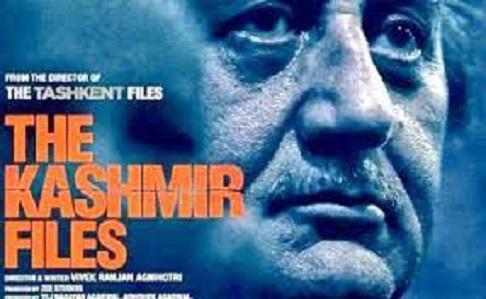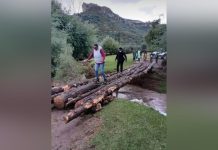Africa-Press – Lesotho. The Kashmir Files’, a film made by well-known filmmaker Vivek Ranjan Agnihotri, has been released in India, the UK and the US in the past few days, and there is no stopping the crowds that are filling up the theatres to watch the film.
Anupam Kher on ‘The Kashmir Files: I have cried on-screen in every scene in the film’. Pic – TFIPOST Over three decades before this film was produced, however, there is ample documentation of the rise of militancy and systematic killings in Kashmir starting in the 1980s.
They led to that horrible night of 19th January 1990 when the most brutal mass assault of Kashmiri Pandits peaked. Hundreds of men, women and children were killed, girls and women raped and murdered or forcibly taken away. Hundreds of thousands of Kashmiri Pandits fled the valley to become internal refugees in their own country, and Sikhs also were not spared.
A Sikh girl who was my student at the SSR Medical College and who was then in school, told me about how many times she had to hide under the staircase or elsewhere in their house in Srinagar when the shouts of militants roaming nearby were heard.
Francois Gautier wrote in 2002 that ‘as a journalist for the largest French political daily (Le Figaro) I covered Kashmir in the worst of its unrest, from the late eighties till the Kargil war.
It is there without any doubt that I went through some of the most dangerous incidents of my life. There were 400,000 Hindus in Kashmir in 1947 — and only a few hundreds today. All the rest have been made to flee through terror in the late 80s and early 90s.
I remember when militants would stop buses all over Kashmir and kill all the Hindus — men, women and children — none of the foreign correspondents and diplomats protested about human rights… There are 400,000 Hindus who are refugees in their own land, an ethnic cleansing without parallel in the world. Why are none of us interested in highlighting this fact?’
For More News And Analysis About Lesotho Follow Africa-Press






